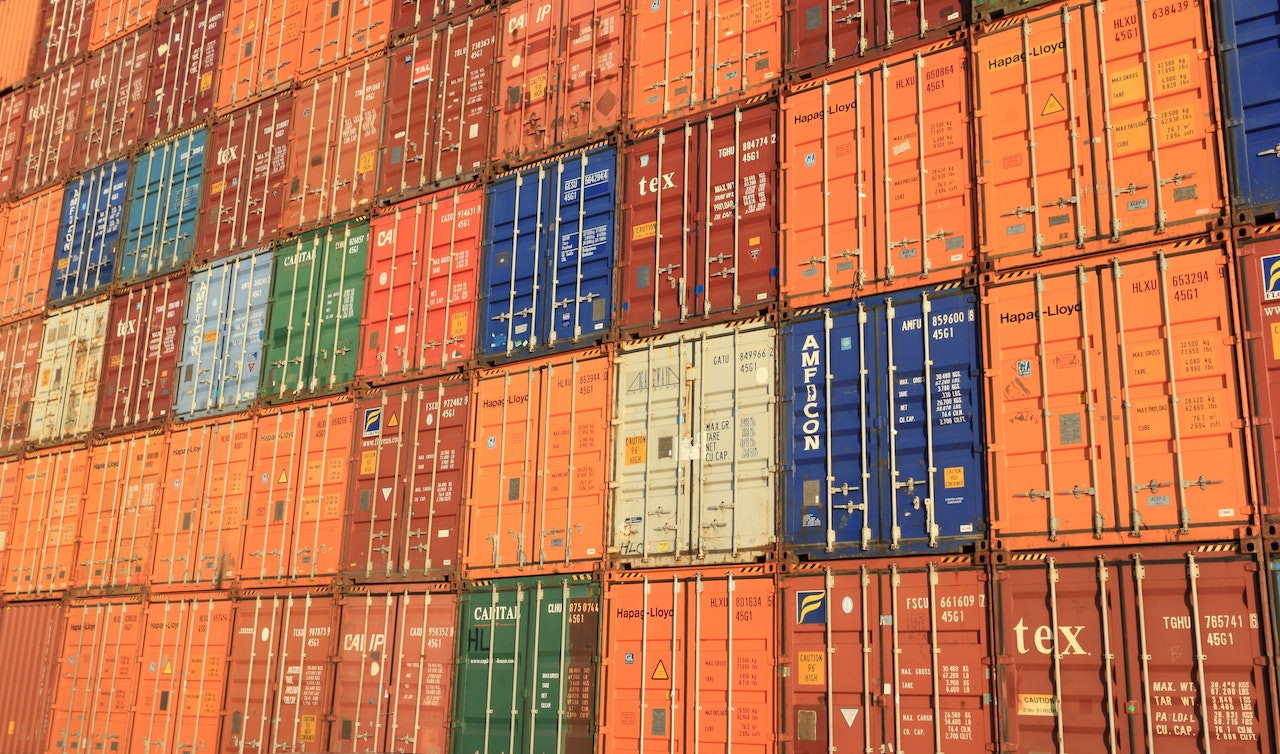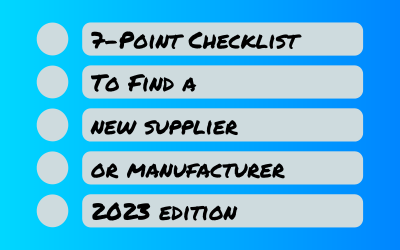Businesses naturally want to hire the best talent for the lowest possible cost. After all, who wouldn’t want to maximize their bottom line, and in turn, their return on investment? To best maximize these gains, businesses often explore cross-border production.
Offshoring and nearshoring are common terms in production that you may have come across before. You’re at the right place if you’re wondering about the differences between them and which model will better suit your needs.
What is offshoring?
Offshoring refers to outsourcing any business activity to a country with a cheaper economy. This activity could be production, HR, even customer support. This can be any country in the world, regardless of its geographical location.
This is usually done to cut costs. After all, if you move a production line from America to Mexico for example, instantly the raw materials, wages, rent and taxes drop in price. This has a very noticeable impact on your bottom line.
What is nearshoring?
Nearshoring, on the other hand, is a neologism – it refers to when a company moves their outsourcing from a distant country, to one that’s much closer to home. To follow on from our earlier example, if an American company were to move production from China to Mexico, they would be ‘nearshoring’.
This could be done for any number of reasons, but it usually comes down to two: politics, and of course, cost.
Nearshoring is a subcategory of offshoring, but for the sake of this article, we’ll define offshoring as ‘looking globally’, and nearshoring as ‘looking locally’.
The Advantages of Offshoring over Nearshoring
Here are some of the reasons why you might consider offshoring:
- A greater degree of choice:
When not limited to geographical location, offshoring will open up a much wider range of options to choose from. This allows companies much more scope to ‘shop around’, and find the best combination of price and capability.
- Expanding to other markets:
With immediate access to local talent, companies looking to expand to another country may find it easier to do so. Your offshore team can help you to explore their local market for potential, as well as helping better facilitate local business relationships.
- Lower labor costs:
Coming back to the ‘choice’ aspect, offshoring typically allows you to squeeze more margin than nearshoring. With markets being so competitive, many offshore companies can charge an even lower price per unit for production.
The Advantages of Nearshoring over Offshoring
To many businesses, nearshoring is the preferred choice over offshoring.
Here are some reasons why we reckon nearshoring is still better than offshoring:
- Geographical Proximity and Shorter Supply Chain:
With closer proximity, your shipments will arrive in your warehouse much faster than if it had to travel halfway around the world. This shortened distance also translates into significant savings in terms of shipping costs.
The longer the shipping distance, the more likely it is that unexpected issues will arise during transport. With nearshoring, you are not just limited to ocean freights. More transport modes such as rail and truck are also available for your products.
- Lower Customs and Duty Charges:
When accounting for price per unit, businesses should also consider the other cost of the goods including the shipping costs as well as any other taxes.
With the introduction of the United States-Mexico-Canada Agreement (USMCA), imports from Mexico are tariff-free. Taxes can quickly eat into your profit margins if left unchecked, and the sort of tax waiver available in countries with closer diplomatic ties make nearshoring even more attractive.
- Ease of Timezone Compatibility and Communication:
If you source close enough, you’ll share a timezone. Being in the same timezone, you will share the same working hours as your manufacturer and businesses can enjoy real-time communication. If something happened in transit for example, or you simply have a question about the process, you can get an answer far more quickly than if it happens to be 11pm where the factory is located.
Proximity also usually means a better cultural understanding. Language barriers are less of a hurdle, and there is less room for misinterpreting each other.
And of course if you ever need to be there in person, the logistics of visiting are likely to be significantly less stressful.
Which Is Better For Your Business?
Both offshoring and nearshoring have their pros and cons. At first glance, it may seem that the only difference between nearshoring and offshoring is only the distance. But when you start digging in, it becomes obvious that there’s a bit more to it than that. In short, however, it really just boils down to the balance between cost and convenience.
If you’re new to outsourcing and considering moving production overseas, it may be worth considering somewhere closer to home.
At Zipfox, we can help you connect to reliable nearshore manufacturers based in Mexico. Through the years, we have helped our clients save money with the transfer of production nearshore. If you require more advice, feel free to shoot us a message.











